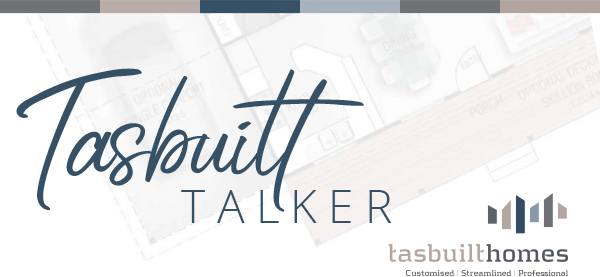Modular Construction; A Rapidly Growing Industry
How modular building methods will come to the forefront of Australia's commercial construction industry by 2025.
The value of the global modular construction market in 2020 was a staggering $72 billion USD, according to a recent report by industry analysts Fortune Business Insights.
The COVID-19 pandemic resulted in a renewed focus on modular construction worldwide in 2020, whether for economic stimulus, urgently needed facilities or continuing rapid urban expansion, with the modular market growing by 5.2% globally last year.
Looking forward, the modular construction market is forecast to increase even further, from $76 billion USD in 2021 to a projected $115 billion USD in 2028.
Why the staggering long-term growth? The benefits of modular building are undeniable, pure and simple. Modular construction results in vastly reduced waste compared to traditional construction methods. Building projects can be completed up to 50% quicker. Modular builds also happen offsite, thereby reducing impacts onsite. They’re cost-effective, eco-friendly, and flexible in design, which is hugely significant in our expanding urban areas. Modular construction takes flexibility to the next level too, creating portable, relocatable, re-useable buildings.
The benefits of modular construction are now finally being seized upon by global economies quick to adopt new manufacturing techniques. Is Australia one of these economies? The answer is ‘not yet’, but it certainly soon will be…
In an article for Australian industry association Architecture and Design, business journalist Stephanie Stefanovic names commercial buildings as the ‘next frontier’ for modular, prefabricated construction Down Under. There are plentiful examples in the residential sector of the uptake of modular building, she says, but Australia may not yet be harnessing the benefits of this method in its commercial building sector.
The growth in modular building has so far been led by ‘advanced manufacturing nations’ such as Japan, Germany, Finland and Sweden, where there is an appreciation of engineering excellence, a history of advanced manufacturing, and regulatory and climatic factors influencing the industry, exacerbating the need for quality, speed and efficiency of building work. What’s holding Australia back, Stefanovic writes, is a lack of experience of off-site manufacturing, entrenched supply chains that suit current builders and developers, a lower appreciation of engineering and build quality, and risk-averse, change-resistant attitudes. However, all this is set to change…
Market analysts Mordor Intelligence predict that the modular building market, which currently represents 3% of Australia’s $150 billion construction industry, is expected to grow to 15% by 2025, “creating 20,000 jobs and adding AUD $30 billion to the country’s economy.”
Mordor Intelligence's report on Australia’s prefabricated building industry states that many public projects across the country, such as healthcare facilities and community centres, are now being built using prefabricated methods, backed by the Australian Government. This is partly due to the push to adapt automotive industry style prefabrication and supply chain methodologies, after that industry’s collapse.
To us here at Tasbuilt, it’s only a matter of time before the modular building techniques build momentum in the commercial sector. Tasbuilt has been creating versatile, high-performing modular buildings across the commercial sector since 2008. We’ve built everything from modular classrooms, bunkrooms and change room/sports facilities, to high-end tourism accommodation and corporate admin buildings, to construction site and farm offices. We’re frequently engaged by clients across Tasmania, across many industries, who recognise the benefits of modular construction.
To get on board with this new wave of construction innovation, and secure a building that’s at the forefront of property development, contact us today to discuss a modular solution for your site. Or visit our Project Gallery to check out the wide range of commercial projects we’ve completed around Tasmania!
References:
- Fortune Business Insights: Modular Cons4ruction Market Size, Share & Covid-19 impact analysis.
- Stephanie Stefanovic: Commercial buildings: The next frontier for modular and prefab? in Architecture and Design.
- Mordor Intelligence: Australian prefabricated buildings industry - growth, trends, covid-19 impact, and forecasts (2021 - 2026).

